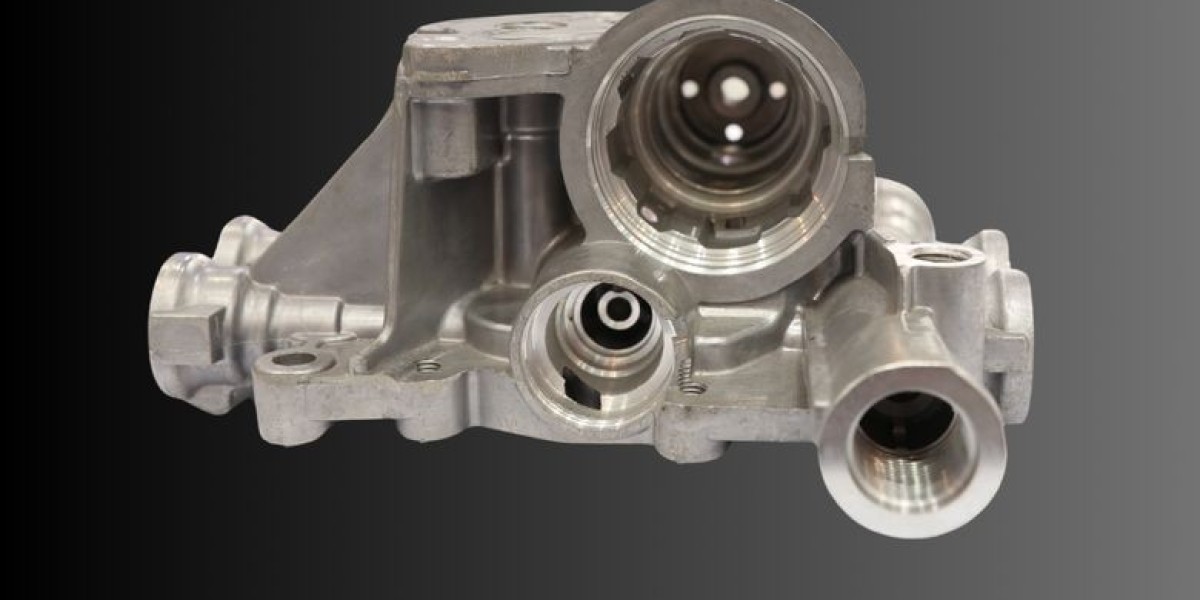Machined casting is a manufacturing process that combines casting and machining to produce components with high precision and excellent surface finishes. This technique is essential in various industries, including automotive, aerospace, and heavy machinery, where precise dimensions and surface quality are crucial. In this guide, we will delve into the methods, applications, benefits, and steps involved in machined casting, providing a thorough understanding of this sophisticated process.
Understanding Machined Casting
Machined casting begins with creating a cast part using traditional casting methods such as sand casting, investment casting, or die casting. The raw casting, often referred to as a "blank," is then subjected to machining operations to achieve the desired dimensions, tolerances, and surface finish. This combination leverages the cost-effectiveness of casting for producing complex shapes and the precision of machining for achieving exact specifications.
Methods of Machined Casting
- Sand Casting with Machining: Sand casting is a versatile and cost-effective method for producing large and complex shapes. Post-casting machining refines the surface and ensures tight tolerances.
- Investment Casting with Machining: This method is ideal for producing intricate and detailed parts. The high-quality surface finish from investment casting minimizes the extent of machining required.
- Die Casting with Machining: Die casting produces parts with excellent dimensional accuracy. Minimal machining is needed, mainly to achieve very tight tolerances and specific surface finishes.
Applications of Machined Casting
Machined casting is widely used across various industries due to its ability to produce parts with complex geometries and precise dimensions. Key applications include:
- Automotive Industry: Engine components, transmission parts, and structural elements.
- Aerospace Sector: Turbine blades, structural components, and precision gears.
- Heavy Machinery: Hydraulic components, pump housings, and industrial machinery parts.
- Medical Devices: Surgical instruments and orthopedic implants.
Advantages of Machined Casting
- Cost Efficiency: Casting reduces material waste and overall production costs by forming near-net shapes, while machining refines these shapes without extensive material removal.
- Complex Geometry: Casting allows for the creation of complex internal and external geometries that would be challenging or impossible to machine from solid metal blocks.
- High Precision: The subsequent machining ensures that the final product meets strict dimensional and surface finish requirements.
- Material Versatility: Machined casting can be applied to a wide range of metals, including aluminum, steel, iron, and superalloys, catering to diverse industry needs.
- Improved Mechanical Properties: Certain casting methods, such as investment casting, enhance the mechanical properties of the parts, which are then precisely finished through machining.
Step-by-Step Guide to Machined Casting
- Design and Pattern Making: Create a detailed design of the component, including allowances for machining. Develop patterns and molds based on this design.
- Casting Process: Select the appropriate casting method (sand, investment, or die casting) and produce the raw casting.
- Inspection and Preparation: Inspect the cast part for defects and prepare it for machining by removing any excess material or surface irregularities.
- Machining Operations: Perform machining operations such as milling, turning, drilling, and grinding to achieve the final dimensions and surface finish. Utilize CNC (Computer Numerical Control) machines for high precision.
- Quality Control: Conduct rigorous quality control checks to ensure the part meets all specifications and tolerances. This may involve dimensional inspection, surface finish assessment, and mechanical property testing.
- Final Finishing: Apply any necessary finishing processes such as polishing, coating, or heat treatment to enhance the part's performance and appearance.
Conclusion
Machined casting is a vital process that merges the advantages of casting and machining to produce high-quality, precise components. Its ability to handle complex geometries and deliver cost-effective solutions makes it indispensable in numerous industries. By understanding the methods, applications, and advantages of machined casting, manufacturers can leverage this technique to achieve superior product performance and efficiency.








